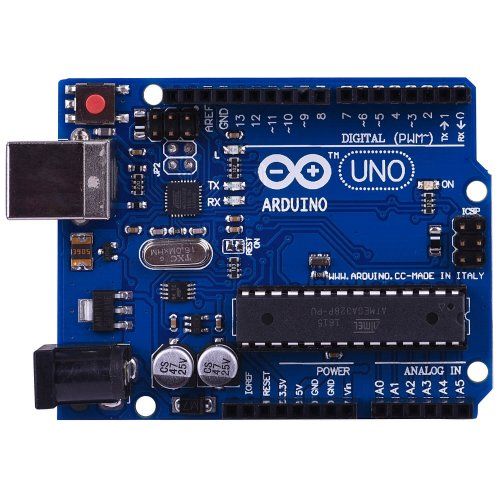What is Industry 4.0 and what are some of the technologies that are driving it? Industry 4.0 is a term that refers to the fourth industrial revolution, which is characterized by the integration of digital technologies, such as artificial intelligence, cloud computing, big data, the internet of things, robotics, and 3D printing, into the manufacturing sector. Industry 4.0 aims to create smart factories that are more efficient, flexible, and responsive to customer needs and market changes. Some of the technologies that are enabling Industry 4.0 are: - Artificial intelligence (AI) : AI is the ability of machines to perform tasks that normally require human intelligence, such as reasoning, learning, decision-making, and problem-solving. AI can help optimize production processes, improve product quality, reduce costs, and enhance customer satisfaction. - Cloud computing: Cloud computing is delivering computing services, such as servers, storage, databases, software, and analytics, ov...
Overview
Arduino/Genuino UNO is a microcontroller board based on the ATmega328P(Datasheet). It has 14 digital inputs/outputs (of which 6 can be used as PWM outputs), 6 analog inputs, a 16 MHz quartz crystal, a USB connection, a power jack, an ICSP header and a reset button. it contains everything needed to support the microcontroller; simply connect it to a computer with a USB cable or power it with a AC-to-DC adapter or battery to get started.. You can tinker with your UNO without worrying too much about doing something wrong, worst case scenario you can replace the chip for few dollars and start over again.
"UNO" means one it Italian and was chosen to mark the release of Arduino Software (IDE) 1.0. The UNO board and version 1.0 of Arduino software (IDE) were the reference versions of Arduino, now evolved to newer releases. The UNO board is the first in series of USB Arduino boards, and the reference model for the Arduino platform; for evincive list of current, past or outdated board see the Arduino index of boards.



Comments
Post a Comment